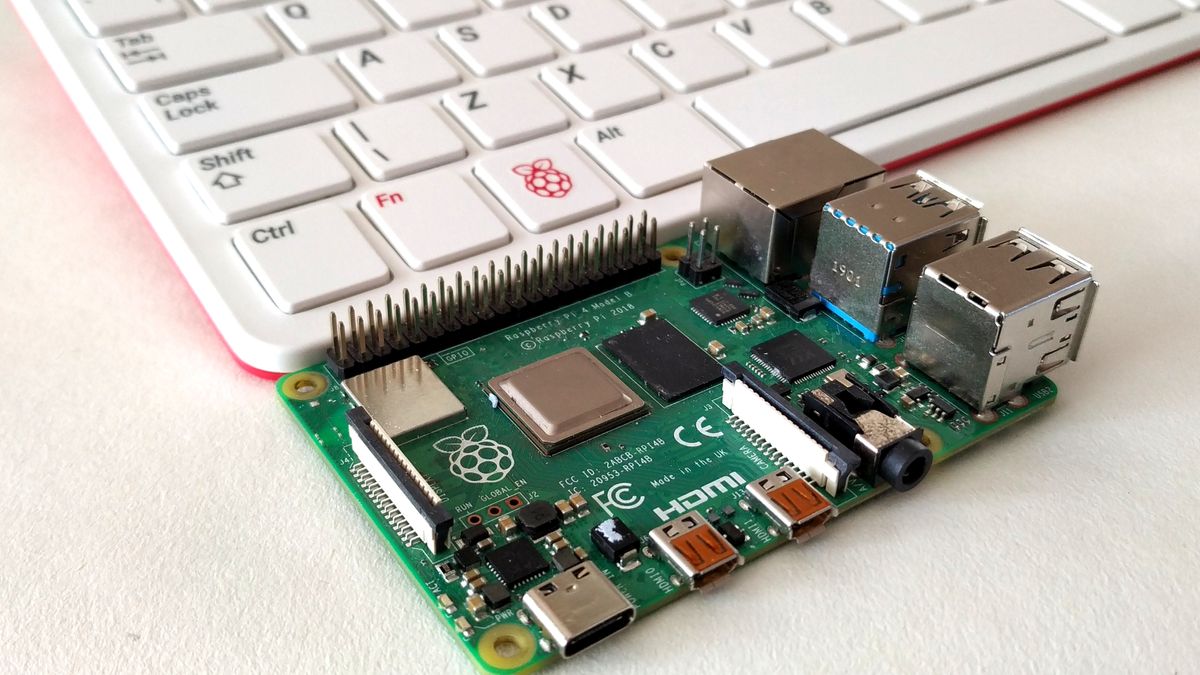


Test connectivity between two devices connected on a network or with the internet: ping 10.0.0.32 and ping.Print a list of the currently available wireless networks: iwlist wlan0 scan.Check the status of the network connection you are using: ifconfig.Copy file from local to server via SSH: scp ~/Desktop/file.png and system commands.Copy file from server to local via SSH: scp ~/Desktop/.Copy file or directory: cp examplefile.txt /home/pi/office/.Move/rename a file: mv current-filename.txt new-filename.txt.Display the contents of a file: cat sample-filename.txt.To save and exit a file (when editing with nano): ctrl+x, y, Enter.Create a file/display the contents of a file: nano sample-filename.txt.named example.txt) in the current directory: touch sample-filename.txt Show details of multiple files: file filename1 filename2.Create a symlink: ln -s source-dirname destination-dirname.Remove a directory and all of its contents: rm -rf sample-dirname/.Remove an empty directory: rmdir sample-dirname.Go to directory/go to home directory: cd sample-dirname / cd ~.Get the path of the current directory: pwd.To start a new screen screen -s and to later resume it screen -r If you forgot the name of your screen just type screen -r to show the list of screens To let something run in the background, even when you close a session you can use screen.While writing in terminal, jump to left and right on the same line: ctrl + a and ctrl + e.Stop the process currently running: ctrl + c.Clear the current window, useful if your previous commands are cluttering things up.: ctrl + l or clear.Show the history of all entered commands: history.This is a quick and easy way to repeat or correct previous commands. Pressing the UP key will print the last command entered into the command prompt.Hold option ( alt) and click a position in the current line to move your cursor to that position.
#Update raspberry pi os free
If you are not already a bit familiar with the command line, I recommend the free ebook from the Raspberry Pi Foundation. Below I provide a concise list of the essentials. You will likely be using the command line a lot when working with Raspberry Pi’s.


 0 kommentar(er)
0 kommentar(er)
